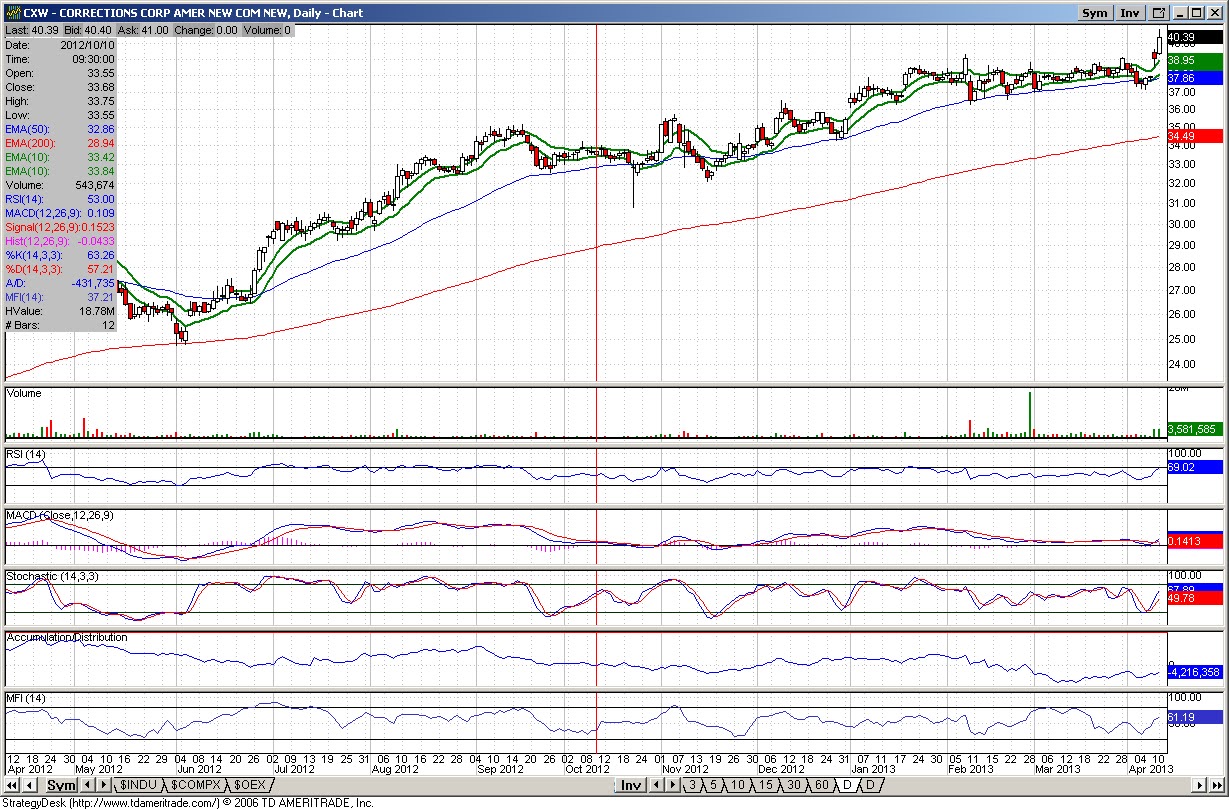There is increasing evidence that the gold market is manipulated. The amount of physical bullion may be greatly over-stated, and gold may be manipulated in the same way that Libor rates are:
The Telegraph noted Monday:Yesterday, the Guardian reported on the stunning similarities between the daily “fixing” of the gold price and of the Libor rate:
[Bank of England executive] Paul Tucker told MPs that Barclays’ abuse of the Libor system may be only one part of the banks’ dishonesty over crucial financial information, suggesting that other markets should now be investigated.An official inquiry into Libor – which helps determine interest rates for householders and businesses – should be broadened to include several over markets where banks are trusted to report their own data, he said.
***
The Libor scandal could be repeated in a number of other “self-certifying” markets where prices are determined, he said.Mainstream commentators are starting to publicly discuss manipulation in the precious metals markets. See this, this and this.
“Self-certification is clearly open to abuse, so this could occur elsewhere,” he said.
A Financial Services Authority inquiry into Libor should be extended to other self-certifying markets, he said. The Treasury said last night that the review, led by Martin Wheatley, was free to examine markets other than Libor.
***
Some markets in gold and oil are also based on self-certification.
Avery Goldman noted last year:
On March 15, 2011, the Commodity Exchange (COMEX) and the New York Mercantile Exchange (NYMEX) advised the CFTC that they had approved J.P. Morgan’s application to become a licensed vault facility, using a “self-certification” process. The newly licensed vault, located at 1 Chase Manhattan Plaza, NY, NY, is ready to roll as both “weighmaster” and depository, for delivery of gold, silver, platinum and palladium contracts, as of March 17, 2011, two days later.”ETFs, bullion banks, storage facilities and other holders of gold that are “self-certifying” – without any checks by third party auditors – have been caught misreporting and raiding even allocated precious metals accounts, and using the loot to speculate or pay off other debts.
As such, manipulation in the self-certifying portions of the oil and gold markets could have a huge impact on assessing the true health of financial institutions, the economy as a whole, and the assets of individual investors.
London’s financial sectorwas last night bracing itself for another official investigation into alleged price-fixing following reports that a US regulator is considering launching an inquiry into the City’s gold and silver markets.
The Commodity Futures Trading Commission is discussing whether the daily setting of gold and silver prices in London is open to manipulation, according to the Wall Street Journal, which stated that the CFTC is examining whether prices are derived sufficiently transparently.
The system of setting gold prices in London is unusual and involves a twice-daily teleconference involving five banks – Barclays, Deutsche Bank, HSBC, Bank of Nova Scotia and Société Générale – while silver is set by the latter three. The price fixings are then used to determine prices worldwide.
***
The fixing of the gold price in London dates back to September 1919, when the process involved NM Rothschild & Sons, Mocatta & Goldsmid, Samuel Montagu & Co, Pixley & Abell and Sharps & Wilkins.
At the start of each gold price-fixing, the chairman announces an opening price to the other four members who relay this price to their customers. Based on orders received from them, the banks declare themselves as buyers or sellers at that price.
Provided there are both buyers and sellers at that price, members are then asked to state the number of bars they wish to trade.
***
If at the opening price there are only buyers or only sellers, or if the numbers of bars to be bought or sold does not balance, the price is moved and the same procedure is followed until a balance is achieved. The silver fix dates back to 1897.















